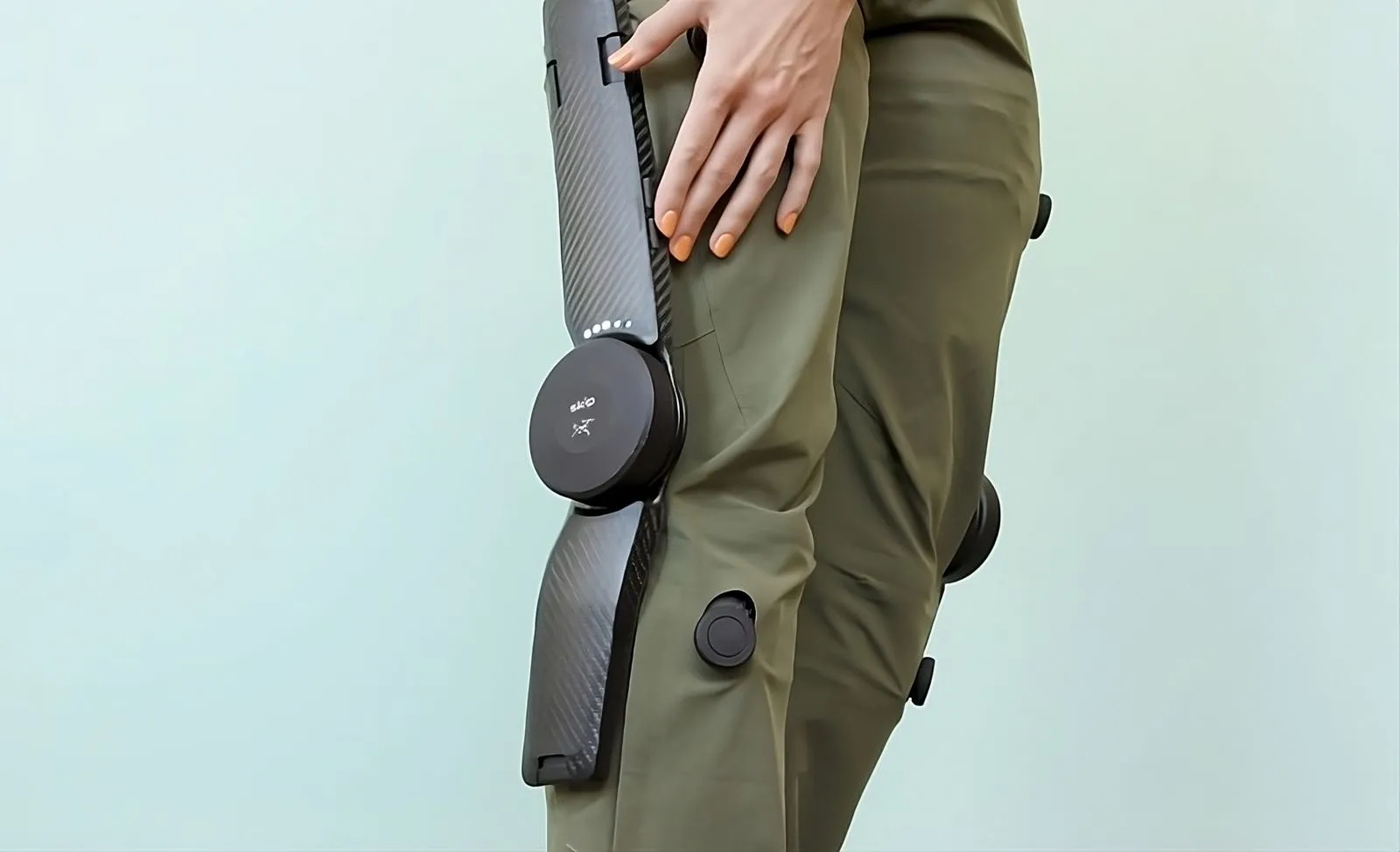Fitness
These pants incorporate an exoskeleton to make hiking easier

A pair of pants equipped with an exoskeleton could soon transform the approach to hiking by providing unprecedented muscle support. The MO/GO, developed by the startup Skip in collaboration with outdoor clothing company Arc’teryx, features an integrated system that eases the effort for hikers while minimizing joint pressure.
The MO/GO is designed to naturally accompany the body’s movements, offering targeted muscle support during the most challenging ascents and descents. These pants use two motors located at the knees and carbon fiber modules to increase leg power by 40%, while giving the impression of carrying 30 pounds less (14 kg).
This assistance enables hikers to walk longer without tiring, adopting an optimal posture and reducing muscle fatigue.
The concept is attracting attention not only from hikers but also from those for whom walking is difficult. Indeed, the MO/GO could ease daily activities for people suffering from joint issues or chronic illnesses.
Trials are ongoing to assess the effectiveness of the exoskeleton in supporting conditions like Parkinson’s disease, which leads to progressive muscle atrophy. Although this device is not yet considered a medical device, it is anticipated that its use could evolve towards therapeutic applications.

The pants weigh 6.6 pounds (3 kg), including batteries, and offer a walking autonomy of three hours. The electric assistance adjusts automatically to the effort exerted, making movements smoother and more natural. This prototype, with a starting price of $5,000, is available for pre-order with deliveries expected by the end of 2025.
In the meantime, it is possible to test the MO/GO on certain hiking trails in North America, at a cost of $80 for eight hours of rental.
Although primarily intended for hikers, the MO/GO fits into a broader trend of using exoskeletons in non-medical contexts, particularly to enhance physical performance. The growing interest from technology companies in these devices suggests that the exoskeleton could well become a commonplace tool, not only for recreational purposes but also for professional or leisure use.









